ARGONNE - Montfaucon - Romagne-sous-Montfaucon
Year of visit: 2005
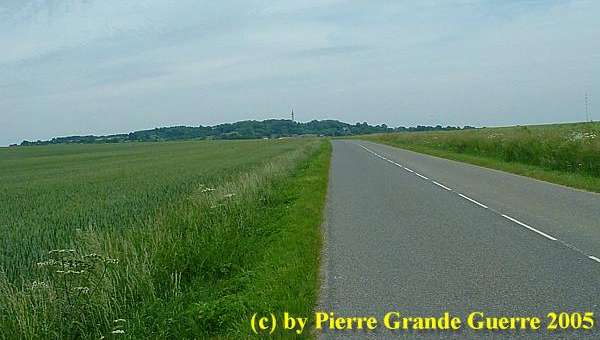
Along the D 19 lies the Butte de Montfaucon (Montfaucon Hill). We visit this site of bloody battles, like the battle of the Americans in 1918. And furtheron this page we will visit the American War Cemetery of Romagne- s/s-Montfaucon.
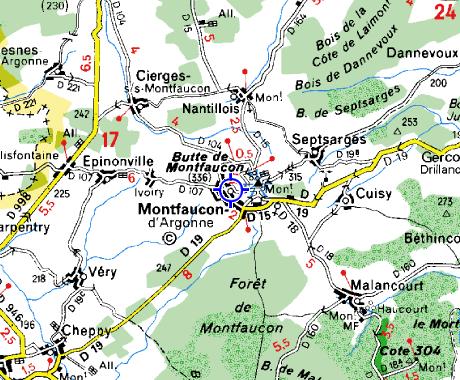
We start with a panorama photo from north-west to south-east from the site of the American La Grande Montagne Memorial
near Consenvoye over the area of the American campaign to Montfaucon d'Argonne.
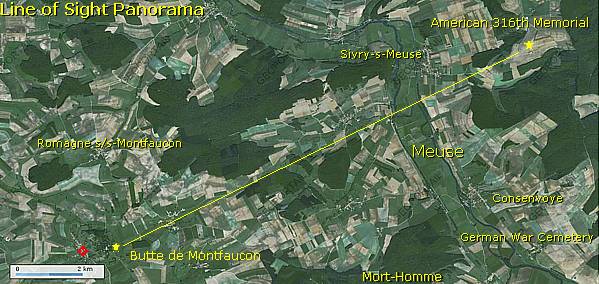
On the horizon you will detect the Doric column and the statue of the American Meuse-Argonne Memorial at Montfaucon.
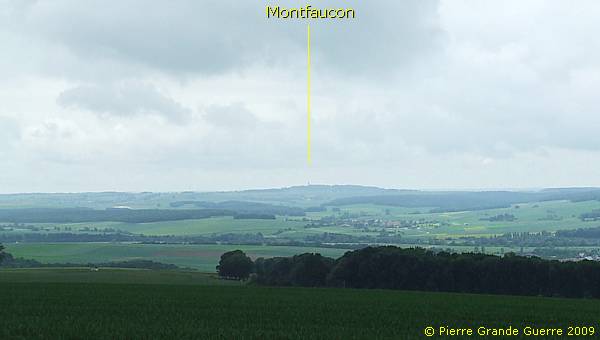
From a short distance a view at the hill of Montfaucon, ...
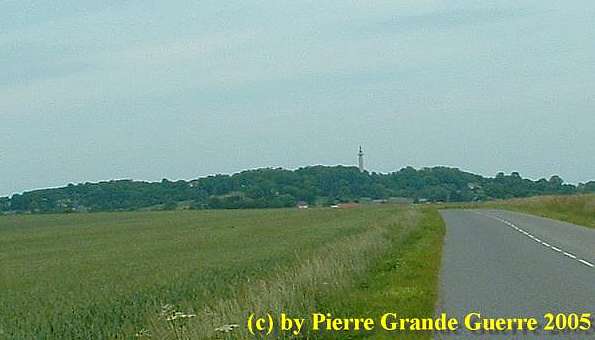
... with it's massive, 58 m. high, Doric Column, ...
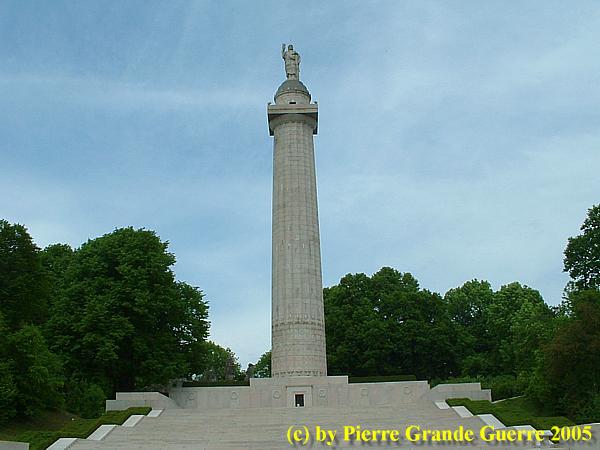
... to commemorate the American Victory of the Meuse-Argonne Offensive of 26 September 1918. This tower overlooks the ruins of the former village and the battlefield around it.
The Meuse-Argonne Offensive - 26 September - 11 November 1918
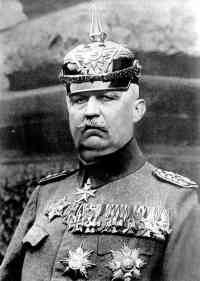
In answer to General Ludendorff’s offensive, the “Kaiserschlacht”, which started on 21
March 1918, the Allies launched on 26 September 1918 a
counter-offensive, the Meuse-Argonne Offensive.
Ludendorff's “Kaiserschlacht” or “Operation Michael” ended the period of trench warfare and started a mobile war. The Kaiser's Battle was Ludendorff’s last effort to destroy the Allies, before the Americans would arrive at the Western Front and participate in the war at full strength.
But although in the beginning the Germans were fast moving and eager to win: the 5 offensives of the Kaiser's Battle were not successful at all.
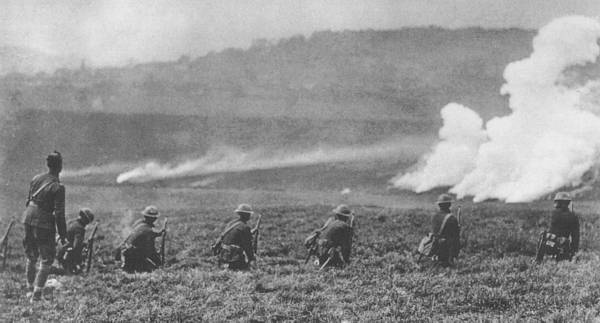
The Meuse-Argonne Offensive was part of the period of the “Hundred Days”, beginning on 8 August 1918 until Armistice Day. It was a combined French and American Offensive of the French 4th Army under command of General Gouraud and of the American 1st Army under General Pershing.
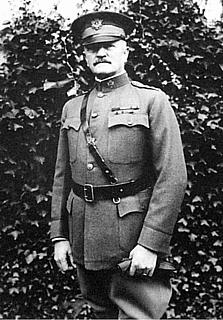
The next 5 maps of a 1919 Michelin Battlefield Guide show the Germans positions of the "Kriemhilde Stellung" on both banks of the Meuse river, the Franco-American campaign and it's progress from 26 September 1918.
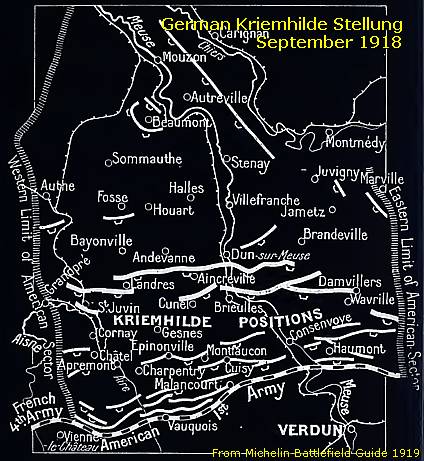
The Germans defended the Kriemhilde Line with 11 Divisions of the 5th Army under command of General von Gallwitz and of the 8th Army under General von Einem.
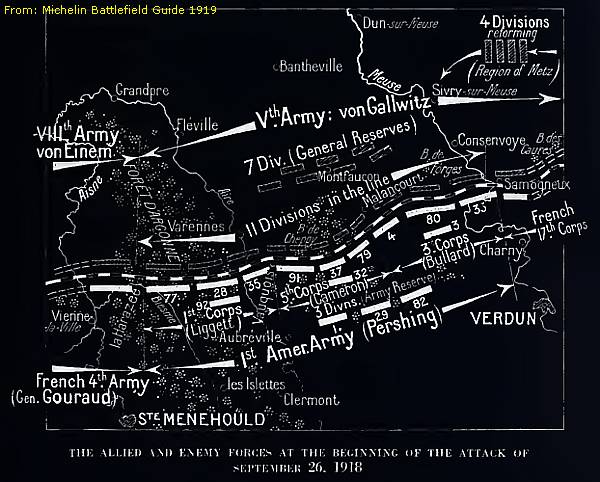
In the week before the offensive 200,000 French troops were withdrawn under cover of darkness. They were replaced by 600,000 American men under command of General Pershing. The American troops were to capture the hills of Vauquois, Cunel, Montfaucon and Romagne.
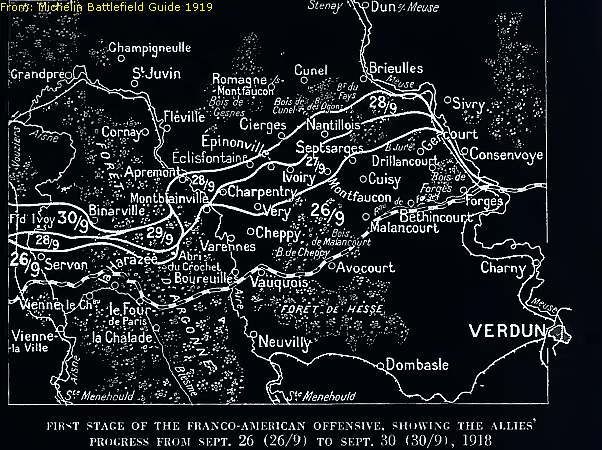
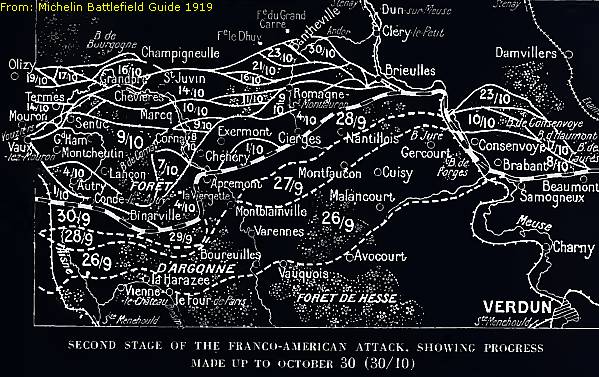
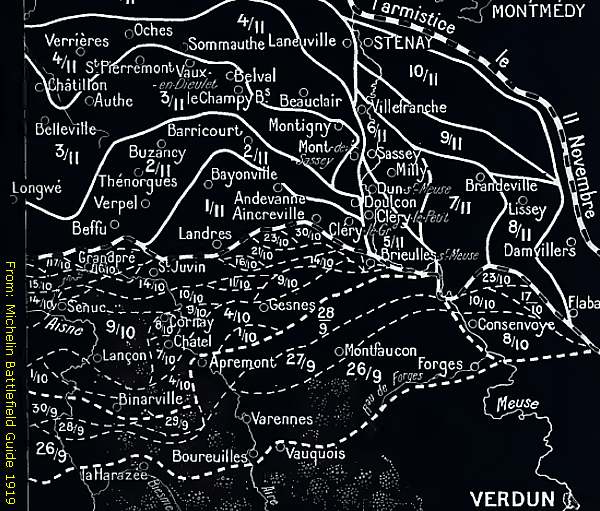
On 26 September at 2:30 hrs the American artillery
launched a three hour bombardment on the German lines of the "Etzel Stellung" of the 117. Infanterie Division on and around Montfaucon.
At 5:30 hrs the
infantry attack of the US 79th Division broke lose.
German troops of the Infanterie Regiment 450 and the Grenadier Regiment 11 were able to repulse American attacks on Montfaucon ridge, until it was outflanked to the south and Montfaucon was surrounded. German counter-attacks from 27–28 September slowed the American advance, but Ivoiry and Epinon-Tille were captured, and then Montfaucon ridge with 8,000 prisoners and 100 guns.
In the afternoon of the 28th, Montfaucon
was definitely in American hands.
Nearby Vauquois
was rather easily
mopped out by the US 35th Division. It would take until 14 October
before the 3rd and 5th Corpses finally captured Cunel and Romagne.
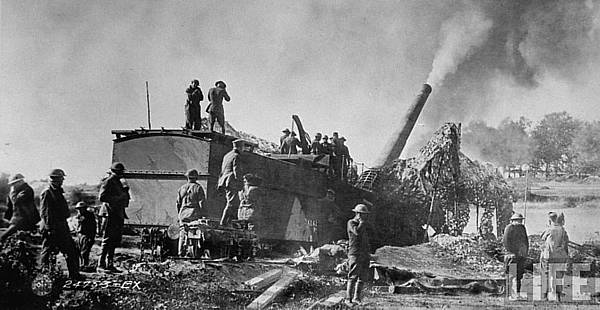
In 1914 the Germans captured the hill of Montfaucon.
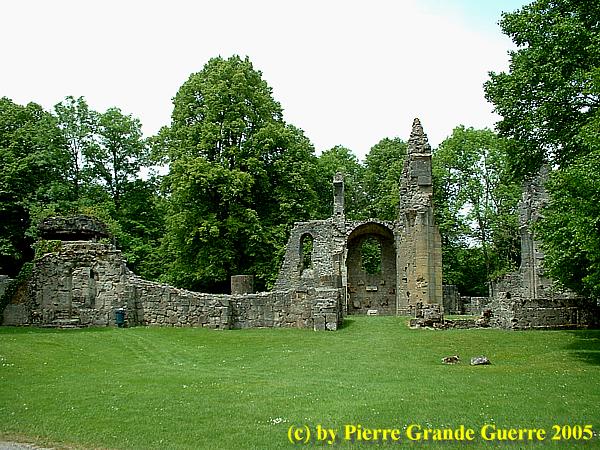
They destroyed the village and the village church to fortify the summit with tunnels, trenches, and bunkers.
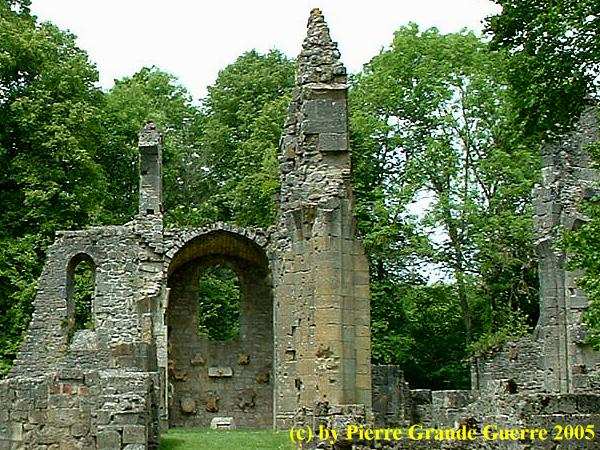
The Germans changed the summit of the hill into a base for observation and artillery.
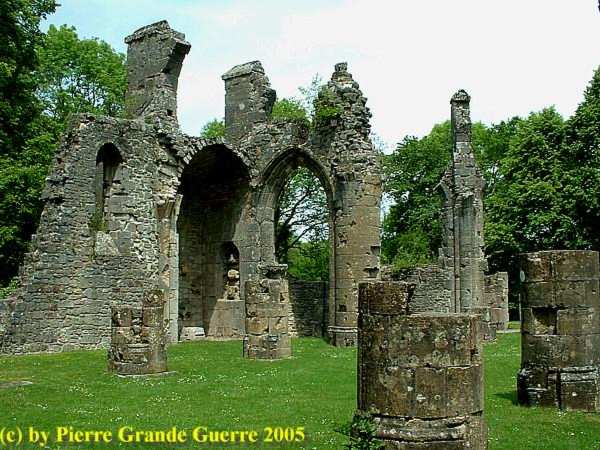
They created a fortified defense line of 20 kilometers, connecting hill tops in the Argonne.
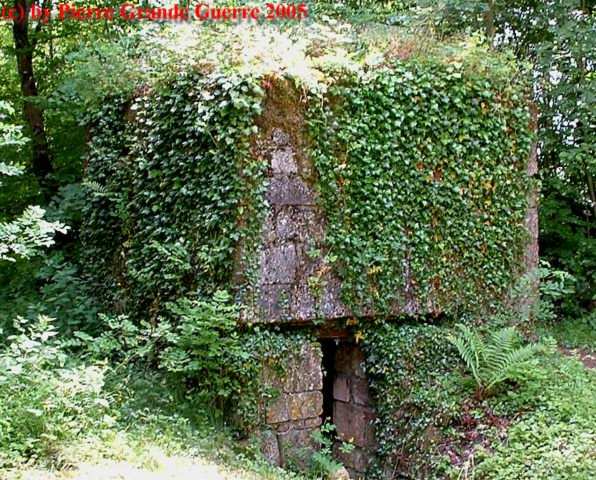
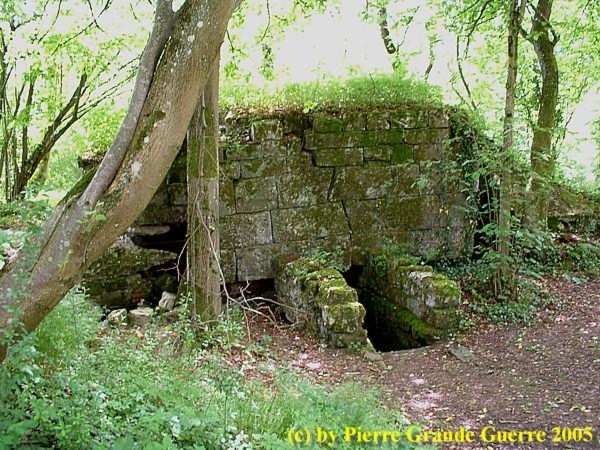
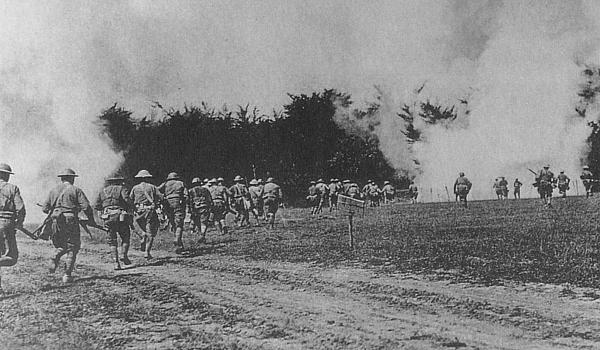
From Montfaucon we drive northward via the D 998 to Romagne-sous-Montfaucon, to the the American War Cemetery.
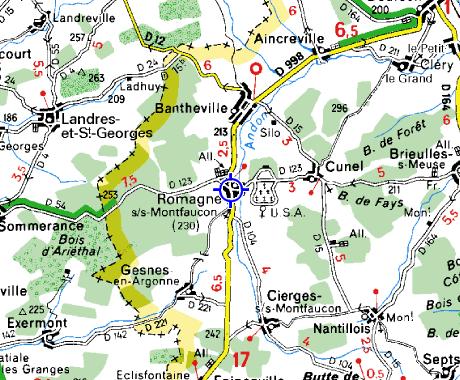
Romagne-sous-Montfaucon American War Cemetery

The Romagne-sous-Montfaucon American War Cemetery is the largest US War Cemetery in Europe. The cemetery was established on 14 October 1918 in an area captured by the US 32nd Division. It now contains the graves of American 14.246 soldiers, including 486 unknown soldiers. Marble panels in the Memorial Chapel record the names of a further 954 missing soldiers.
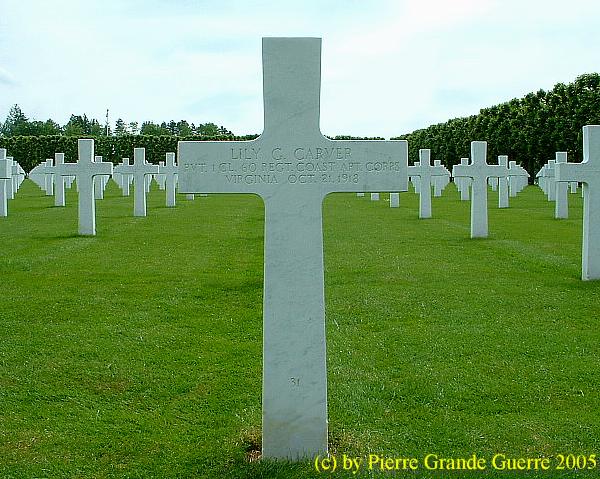
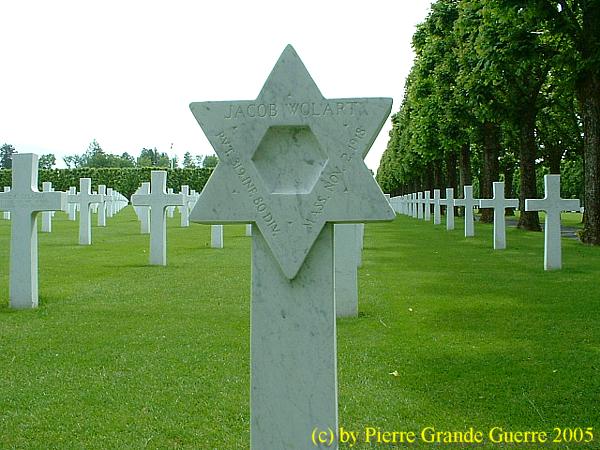
The D 998 runs through the cemetery and cuts it in two halves.
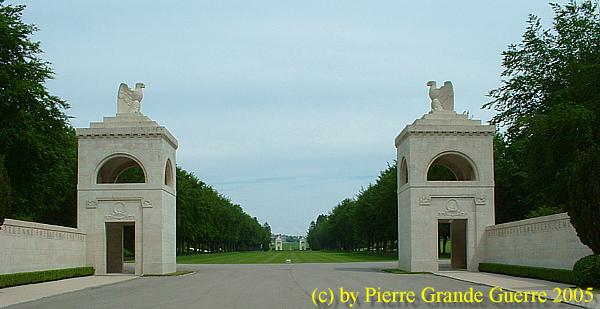
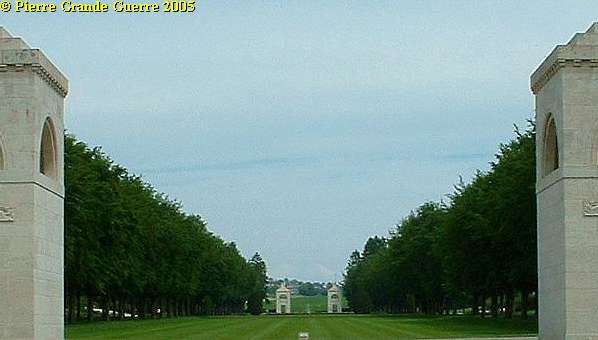
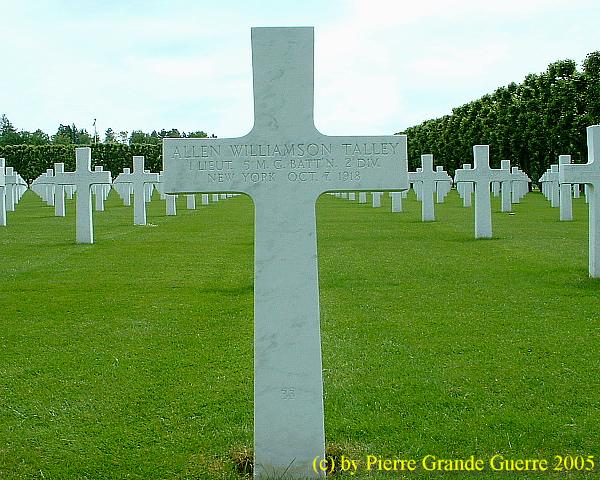
Continue to: " Butte de Vauquois "










